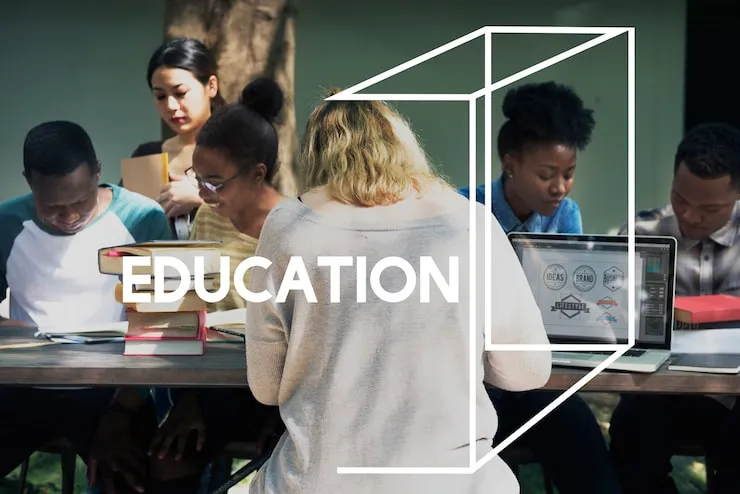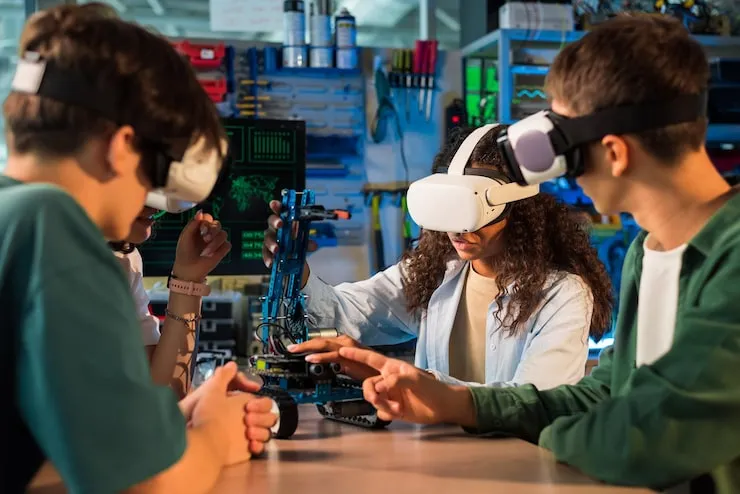Do children living in big cities get better education than those in small towns and villages in Punjab? In this article, we will explore urban bias and understand if and how it affects schools in Punjab’s hinterlands.
1. What Is Urban Bias?
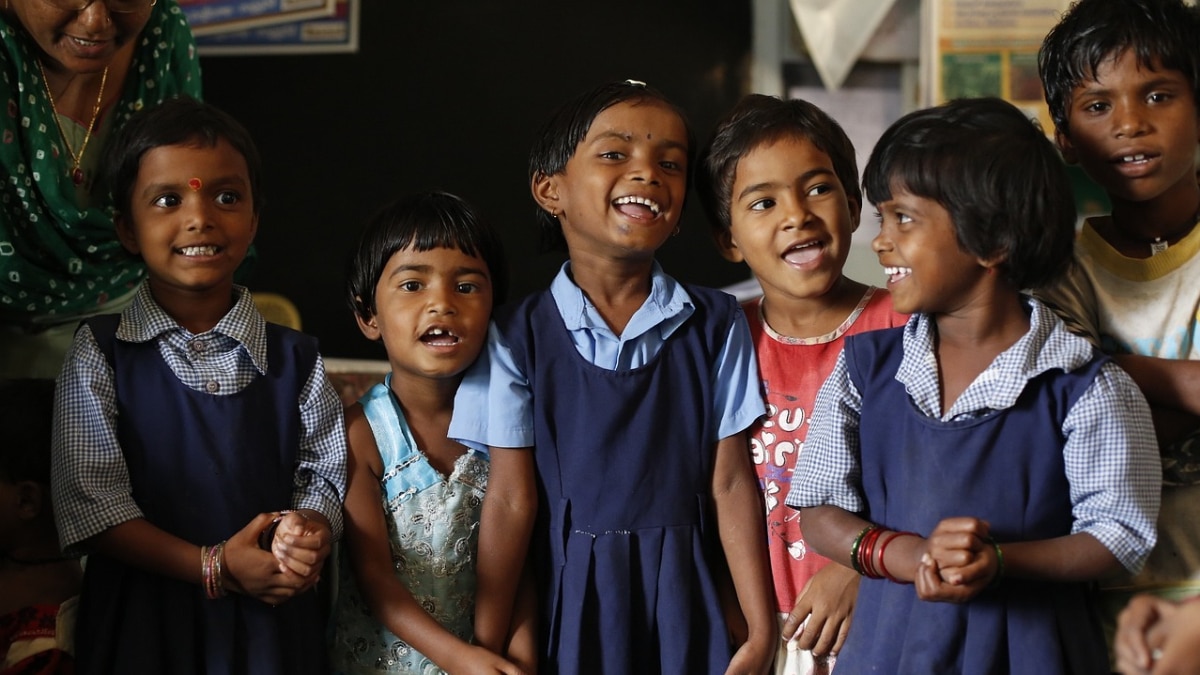
Urban bias means people spend more money, attention, and resources on cities than on rural or village areas. In education, this can look like:
- More schools and better buildings in cities
- Smart classrooms, more books, and computers in city schools
- Many trained teachers want to teach in cities, not villages
- Bigger budgets go to city schools first
Because of this, rural areas may not get enough support.
2. Why Focus on Education in Punjab’s Hinterlands?
These areas:
- Have many students and families
- Face more challenges than cities
- Need good schools so all kids can learn and grow
Punjab is known for good education—but we must check if rural kids get the same chance.
3. Signs of Urban Bias in Education rural vs urban
Here is a simple comparison of city and village schools in Punjab:
|
|||||||||||||||||
|
This table shows city kids often learn in better places than village kids |
|||||||||||||||||
4. Problems Village Schools Face
Here are the main problems:
a) Poor Infrastructure
- Classrooms may have broken roofs or walls.
- No fans or heaters—students are hot or cold
b) Few Learning materials.
- Not enough textbooks or storybooks
- No computers or science tools
c) Teacher Shortage
- Many trained teachers choose cities.
- Village schools may have few or less trained teachers
d) Extra Support Missing
- Activities like sports or science clubs are rare.
- Less help for students who struggle
e) Maintenance Is Weak
- Broken toilets, no lights or clean water
- Schools not fixed for years
When schools lack these things, students do not learn as well.
5. How Urban Bias Affects Village Students
Here’s how village students can be hurt by urban bias:
- Lower Grades
– Without good teachers or books, scores drop
- Less Interest in Learning
– Old school buildings and no fun lessons make kids bored.
- High Dropout Rates
– Older students may leave school to work or stay home.
- Missed Opportunities
– No extra classes or workshops means less talent growth
These make it hard for village children to reach their full potential.
- Why Does Urban Bias Happen?
Let’s see why people focus more on city schools:
- Population and Visibility
– Cities have many students, and their needs are seen quickly.
- Better Infrastructure
– It is easier to build schools and install things in cities.
- Teacher Preference
– Many teachers want to live and work in cities.
- Ease of Management
– City schools are easier for officials to visit and improve.
Because cities are more visible and easier to manage, they get more attention.
7. How to Remove Urban Bias in Punjab's Education
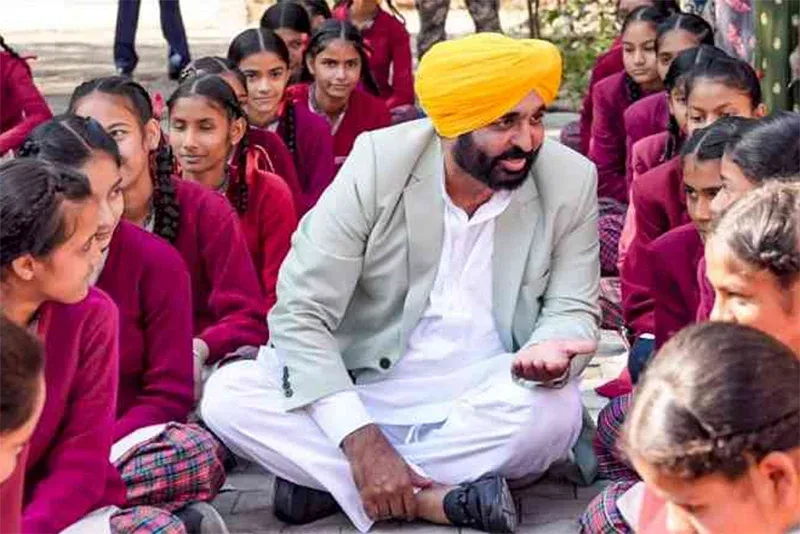
Punjab can take simple steps to give village schools better help:
1. Fair Budget Sharing
- Give special funds to villages for renovation and equipment
- Ensure village schools get enough money each year
2. Attract More Teachers
- Offer better pay and houses for village teachers
- Give extra leave or bonuses for teaching in rural areas
3. Invest in Infrastructure
- Renovate old buildings and fix roofs and electricity
- Add lights, fans, clean water, and toilets
4. Add Learning Tools
- Provide up-to-date books in Punjabi and English
- Introduce computers and tablets with safe internet
5. Bring in Activity Programs
- Hold sports days and art/music clubs
- Start science fairs and group projects
6. Involve Communities
- Let parents join school committees
- Ask local people to volunteer or donate
7. Monitor Progress
- Use tests and inspection visits to track school improvement
- Reward schools that improve
These actions help village schools match city schools in quality.
- Success Stories from Punjab Villages
Here are some real examples of village schools doing well:
- School A
– Used donated reading corners and new storybooks
– Result: Reading scores rose by 20%.
- School B
– Got computers for student use
– Result: Students learned typing and basic coding.
- School C
– Cooked hot meals for children
– Result: Attendance improved by 30%.
These small steps made a huge difference for students.
9. Why It Matters for Punjab’s Future
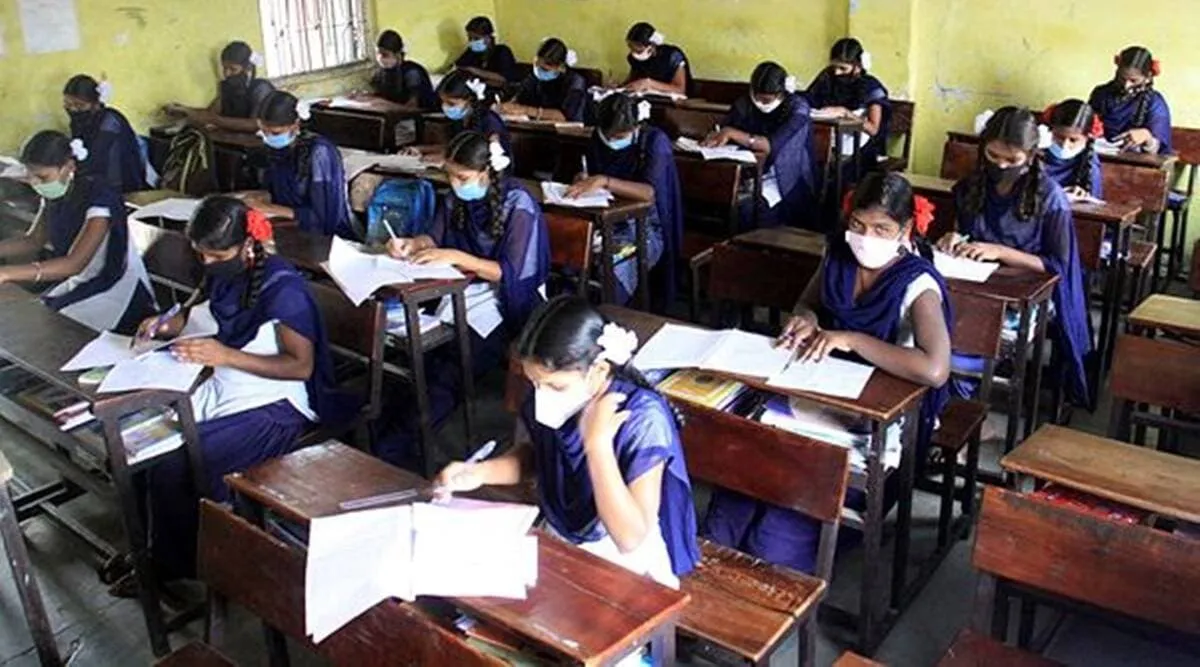
Improving village education benefits everyone in Punjab:
- Skilled Workforce
– More children become educated and ready for jobs.
- Less Migration
– Families may stay in their villages if schools are good.
- Stronger Communities
– Educated youth can help local businesses and farms.
- Fewer Inequalities
– All children, city or village, have equal chances
10. Call to Action: What You Can Do
Every one of us can help improve rural education:
- Parents and Students: Speak up about what your school needs.
- Teachers: Share new ideas and teaching tools
- Local Leaders: Push for fair money and school support
Change can start small—every small effort adds up!
12. Conclusion
Urban bias means more help goes to city schools than village schools. This leaves behind many children in Punjab’s hinterlands. But by sharing funds fairly, improving buildings, adding teachers, and supporting local communities, Punjab can make all schools equal.







